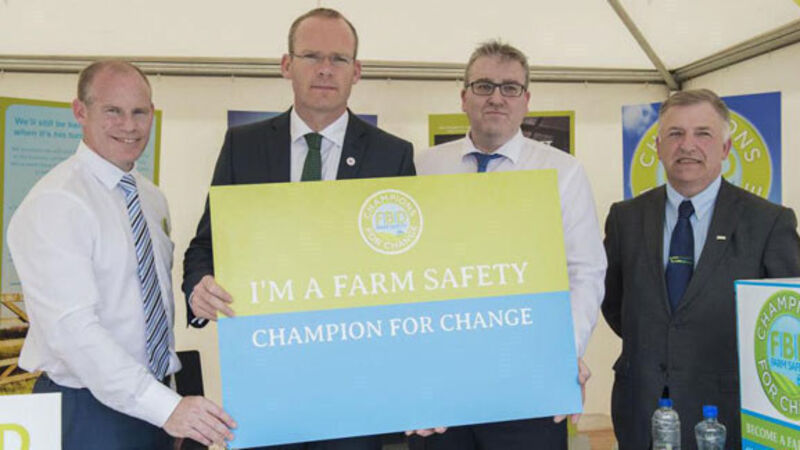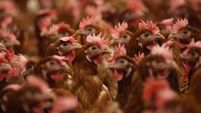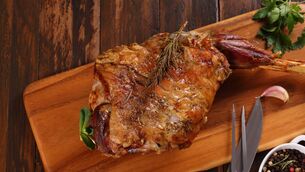Sucklers must be milkers too

The extra weight a suckler calf puts on when it is suckling on the cow stays with it throughout its life.
A suckler cow that does not have reasonably good milk yields has no place on a suckler farm and, more importantly, should not be providing any replacement heifers for the herd.
If milk yield is one of the more important drivers of weight gain, then it must be measured so that:
* poor yielding cows can be culled and replaced;
* high yielding cows can be identified to keep replacements from;
* and the accuracy of the breeding indexes for your cows and heifers can be increased.
Weighing calves while they are still suckling is the best way to estimate the amount of milk their mothers are providing to them.
Ideally, this should be done when they are between 150 and 250 days of age, as their weight at this stage is less influenced by the amount of grass they are eating themselves, and the younger they are, the less meals (if any) they will be eating.
The ICBF provides a weighing service for all farmers, and they will also record the weights on their database so that they can be used to assess the breeding value of the cows. If you are using your own weighing scales, make sure to enter the weights online through HerdPlus.
The more weights that are recorded, the more accurate the star ratings of your cows will be.









